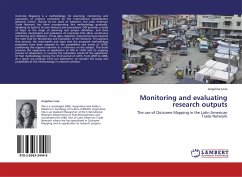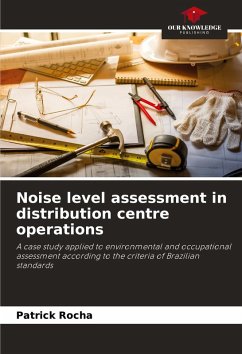
Evaluating Ombudsman Operations
A Blueprint on Assessing Ombudsman Effectiveness
Versandkostenfrei!
Versandfertig in 6-10 Tagen
52,99 €
inkl. MwSt.

PAYBACK Punkte
26 °P sammeln!
The title of this book incorporates key terms that define the work. The reader should view this book as a blueprint for evaluation which, like all generic blueprints, can be amended to fit the terrain, augmented based on new information or technology, or reduced to fit a stricter budget. It is also very much a blueprint that is developed from an action- oriented case study of an ombudsman, and is, therefore, relevant and tested. A long-standing question in the ombudsman community has been how to evaluate ombudsman operations without impugning the determining characteristics of an ombudsman: in...
The title of this book incorporates key terms that define the work. The reader should view this book as a blueprint for evaluation which, like all generic blueprints, can be amended to fit the terrain, augmented based on new information or technology, or reduced to fit a stricter budget. It is also very much a blueprint that is developed from an action- oriented case study of an ombudsman, and is, therefore, relevant and tested. A long-standing question in the ombudsman community has been how to evaluate ombudsman operations without impugning the determining characteristics of an ombudsman: independence, impartiality, and confidentiality. There has been a lack of information or guidance, especially at the practitioner level, on how ombudsmen can develop meaningful evaluations without violating confidences or independence. This book provides practitioners with tools that will enable them to conduct evaluations to determine information about ombudsman operations, formulation, and improvements. This books outlines a set of skills and action plans for evaluating Ombudsman offices that are in high demand by the Ombudsman community.












